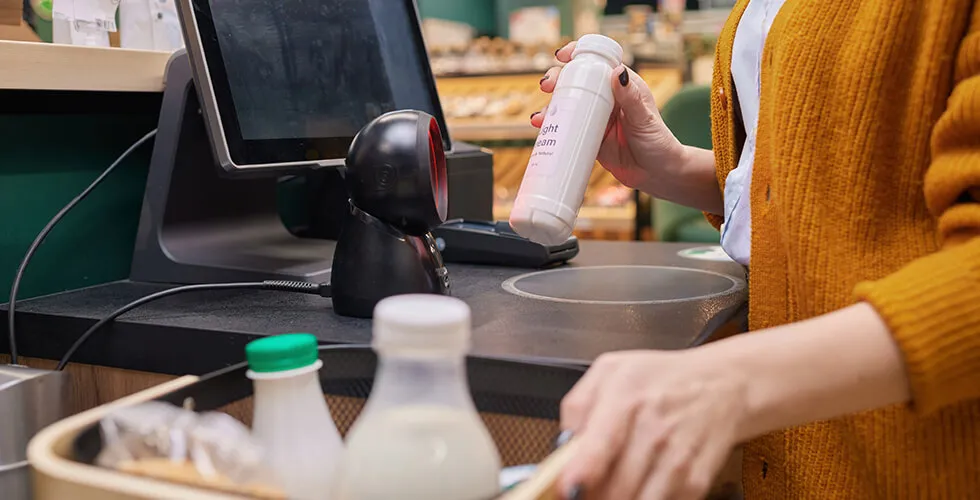
Grocery prices in the U.S. are rising at the fastest pace in over a year, posing an economic burden and a significant threat to the nation’s food supply. According to the U.S. Department of Labor, food costs increased by 1.8% in December compared to the previous year, with key staples like eggs, meat, and coffee seeing the sharpest hikes. Since 2019, grocery prices have surged nearly 28%, forcing many families to make tough choices at the checkout.
These skyrocketing costs are a direct result of inflation driven by excessive government spending and monetary policies implemented by the previous administration.
Massive stimulus packages, uncontrolled deficit spending, and supply chain disruptions injected too much money into the economy without enough goods to match, devaluing the dollar and driving up costs.
Policies restricting domestic energy production also led to higher fuel prices, increasing transportation and agricultural costs. These factors and increased regulatory burdens on farmers and businesses have made everyday groceries more expensive for Americans.
Food prices will continue to strain household budgets without a shift toward fiscal responsibility and pro-growth policies.
The good news is President Donald Trump has outlined a multifaceted strategy to address rising food prices. Central to his plan is the imposition of tariffs on imported goods, aiming to protect domestic agriculture and reduce reliance on foreign products.
The trickle-down impact of the president’s new policies will take a little time to impact the grocery prices. In the meantime, here are a few tips to cope with high food prices.
- Buy in bulk – Stock up on essentials to save money over time.
- Consider meatless meals – Add a couple of vegetarian nights to your menu weekly, including plant-based protein such as legumes.
Shop locally – Farmers’ markets often provide fresher and more affordable options. - Reduce waste – Meal planning and proper food storage can stretch your grocery budget.
- Grow a garden – Planting a garden – even a small one – is a healthy option to slash high grocery bills.
Addressing the root causes of food inflation is critical to ensuring a stable food supply for the future.

